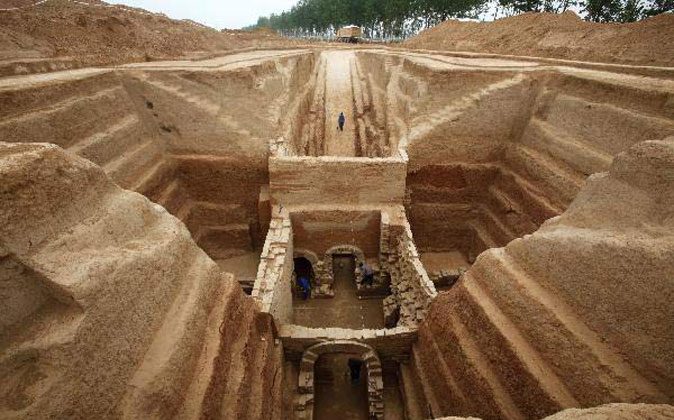Everyday in my Filipino household, you can hear the echoes of asian dramas coming from the living room. Most of the time they are Chinese dramas that my mom loves to watch, some of them being based on the Han Dynasty which is around 200 BCE. I personally do not watch them, but when I glance over at the television, I can not help but notice the sets of architecture.
You can imagine my disappointment when I found out that there are not many pieces of architecture from the Han Dynasty that survived to this day. However, there are historical writings and poems known as fu, these poems are composed with lots of descriptions and are relatively long which contains information about Han architecture. This literature often referenced tall towers in capital cities mainly used for watchtowers, astronomical observatories, and religious structures to appeal to immortal beings, sometimes these tall towers surround multi-story buildings along with courtyards. Since these structures did not survive to this day due to them being mainly built out of timber, which fell victim to rapid decay and an unfortunate case of wood not being fireproof, luckily there are multiple ceramic model replicas that exist such as this one.
The Han dynasty is also well known for their great palace buildings such as the Efang Gong (also known as Ebang Gong), the main hall alone was made to fit 10,000 guests, and it stretched more than 11km along the Wei River. What might be equally as iconic as the palace, would be the tombs as they are incredibly elaborate. Instead of them being built out of timber like the other main buildings, they were made from stone or brick.

During this era, they held a great value in the afterlife and believed that it is just as important as existence on earth, that is why their tombs were elaborate, they were seen as a gateway to the afterlife. Individuals were to be buried with figures called “mingqi”. These figures are essentially objects like instruments or weapons and even statue spiritual representations made with pottery, bronze, gold, silver, lacquer, and jade which is believed to have spiritual qualities. The purpose of “mingqi” is essentially to supply an individual in the afterlife with necessities and comfort items since everything in life is needed in death. In addition to this, the more objects one would have in their tomb displayed one’s wealth and status.
Links:
